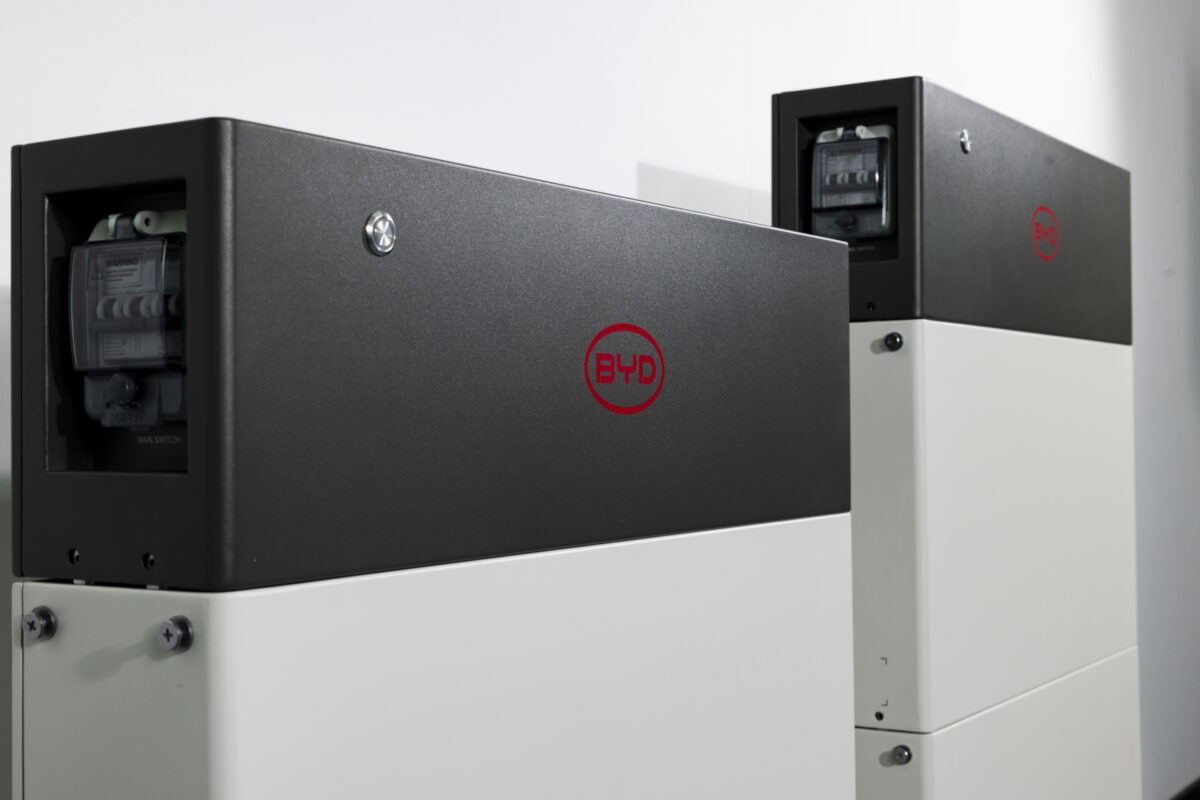Scientists from the City University of Hong Kong have developed a novel system design for agrivoltaic projects in grape farms.
The researchers described their findings in “Integrated techno-economic and life cycle assessment of shared circular business model based blockchain-enabled dynamic grapevoltaic farm for major grape growing states in India,” which was recently published in Renewable Energy. They said the new system design facilitates rainwater harvesting, with the solar array tilting to follow the direction of the rain. The system then stores and reuses the collected water for irrigation purposes.
The researchers used a circular business model (CBM) based on blockchain and smart contract technologies to coordinate between PV system operators and grape farmers.
“The proposed system will work even without blockchain configuration,” researcher Nallapaneni Manoj Kumar told pv magazine. “But with blockchain configuration, agrivoltaics work more efficiently with perfect co-ordination considering all the uncertainties that arise between the solar power generation and grape farming in terms of co-location shareable uses such as water for crop irrigation and solar panel washing. This is only possible when the system is able to track real-time weather and operate automatically via smart contracts.”
The academics used a resilience performance, life cycle analysis, and techno-economic (RePLiCATE) approach to demonstrate the multifunctional viability of the system across several grape-producing states in India. They claimed that the country's current regulations for power purchase agreements (PPAs) are not making agrivoltaics viable.
“Smart contracts help in automating the agreements and provide a link to the energy and grape trading marketplace,” they said.
For its 1-ha “grapevoltaic” farm model, the research team considered vine–yard planning, solar PV configurations for vineyards, crop water requirements considering evapotranspiration, rainwater water harvesting potential, and energy requirements for groundwater extraction. The modeling involved 1,458 growing plants in 27 rows and a 504 kW PV installation arranged in 14 rows. The system featured panels with outputs of 100 W each and dimensions of 1,197 mm × 535 mm There was spacing 0.13 meters of spacing between the modules.
The panels have a surface that allows the free flow of water. The water can be used to clean the panels themselves or provide irrigation via a drip system connected to a storage tank.
The scientists said that the total revenue generated by a 1-ha Grapevoltaic farm could vary, depending on electricity and grape yield productions, electricity prices, and grape market prices. They said the proposed system can reduce water consumption for farmers and PV operators.
“Agrivoltaics, in general, are a good solution for grape production as grape plant is shade tolerant but is also more sensitive to weather events,” Nallapaneni said. “To avoid these we need such high technical systems that can link, for example, the grape farm to GrapeNet platform where trade regulations and grape certifications can be done in one click.”
This content is protected by copyright and may not be reused. If you want to cooperate with us and would like to reuse some of our content, please contact: editors@pv-magazine.com.




By submitting this form you agree to pv magazine using your data for the purposes of publishing your comment.
Your personal data will only be disclosed or otherwise transmitted to third parties for the purposes of spam filtering or if this is necessary for technical maintenance of the website. Any other transfer to third parties will not take place unless this is justified on the basis of applicable data protection regulations or if pv magazine is legally obliged to do so.
You may revoke this consent at any time with effect for the future, in which case your personal data will be deleted immediately. Otherwise, your data will be deleted if pv magazine has processed your request or the purpose of data storage is fulfilled.
Further information on data privacy can be found in our Data Protection Policy.